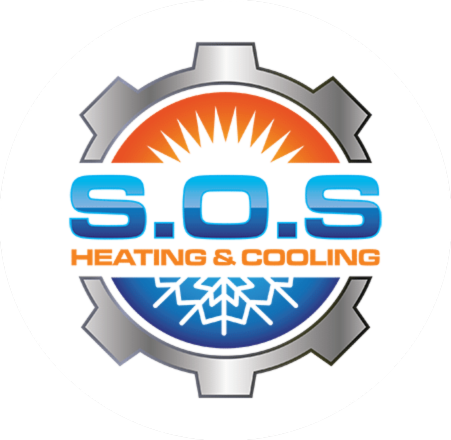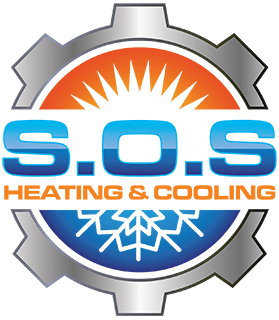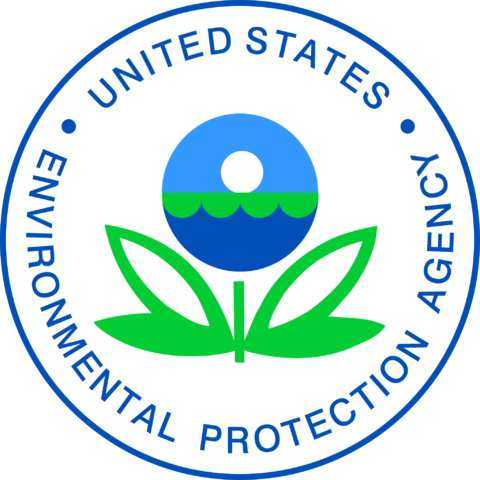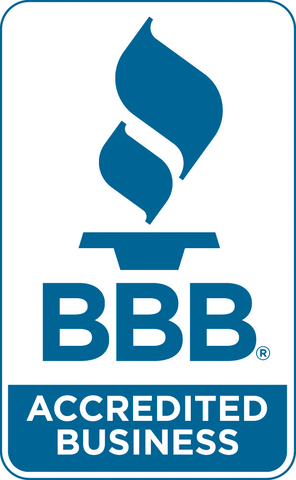Indoor air quality plays a crucial role in our overall health and well-being, as we spend the majority of our lives within the confines of our homes. Yet, many of us may be unaware of the hidden dangers lurking within the very air we breathe.
Indoor air pollutants, originating from various sources, can adversely impact our health and exacerbate existing conditions such as allergies and respiratory issues. Addressing these pollutants and improving the air quality in our homes is essential to protect our families and create a healthier living environment. S.O.S. Heating & Cooling explores the top common indoor air pollutants, discusses their sources, and find practical solutions to combat them effectively.
1. Combustion Pollutants
Combustion pollutants are generated from burning materials, such as fuel for heating, cooking, or running appliances. These pollutants include carbon monoxide (CO), nitrogen dioxide (NO2), and particulate matter. To minimize the presence of combustion pollutants in your home, consider the following steps:
– Ensure Proper Ventilation: Adequate ventilation is essential for diluting pollutants and maintaining good indoor air quality. This includes using exhaust fans in kitchens and bathrooms and regularly opening windows to promote airflow.
– Regular Maintenance of Appliances: Keeping heating systems, fireplaces, and gas stoves in good condition through regular maintenance can help reduce the emission of harmful combustion pollutants.
– Carbon Monoxide Detectors: Install CO detectors near bedrooms and other sleeping areas in your home. Regularly test and replace batteries to ensure proper functioning.
2. Volatile Organic Compounds (VOCs)
Volatile Organic Compounds are chemicals emitted as gases from various products and materials like paints, cleaning supplies, and building materials. Exposure to high levels of VOCs can cause respiratory issues, headaches, and irritation of the eyes, nose, and throat. To reduce VOC exposure in your home:
– Choose Low-VOC Products: Opt for low-VOC or VOC-free alternatives for paint, cleaning products, and other materials.
– Proper Storage: Keep products containing VOCs in well-sealed containers and store them away from living spaces, ideally in a garage or outdoor shed.
– Increase Ventilation: Open windows and doors to allow fresh air to circulate, particularly when using VOC-containing products.
3. Biological Contaminants
Biological contaminants, such as mold, bacteria, dust mites, pet dander, and pollen, thrive in humid, damp environments and can exacerbate allergies and respiratory problems. Combat these contaminants by following these guidelines:
– Control Moisture Levels: Keep indoor humidity levels between 30% and 50% by using dehumidifiers or air conditioning units with humidity control settings.
– Clean Regularly: Regular cleaning, vacuuming, and dusting can help reduce the buildup of biological contaminants.
– Use High-Quality Air Filters: Replace your heating and cooling system’s air filters every 1-3 months with high-quality options designed to capture biological contaminants.
4. Radon
Radon is a radioactive gas that occurs naturally in soil and rock, and it can seep into your home through cracks in the foundation or other entry points. Long-term exposure to high levels of radon has been linked to lung cancer. To protect your home from radon, consider the following actions:
– Test Your Home: Radon test kits are available at home improvement stores or online to measure the levels in your home. If testing reveals high levels, take appropriate actions to mitigate the gas intrusion.
– Seal Cracks and Openings: Identifying and sealing cracks in your home’s foundation, walls, and floors can help prevent radon from entering your living spaces.
– Consider Professional Radon Mitigation: If radon levels remain elevated even after taking the above steps, consult with a radon mitigation professional to install a specialized system to reduce its presence.
5. Tobacco Smoke
Tobacco smoke is a significant source of indoor air pollution, containing over 4,000 chemicals and increasing the risk of respiratory problems, asthma, and lung cancer. To minimize the impact of tobacco smoke on indoor air quality:
– Maintain a Smoke-Free Home: Prohibiting smoking indoors is the most effective way to prevent tobacco smoke pollution within your living spaces.
– Smoke Outdoors: If you or a family member smokes, make sure smoking occurs outside the home, away from windows and doors, to prevent smoke from drifting back inside.
– Regular Cleaning: Frequent cleaning, vacuuming, and laundering fabrics can help reduce the lingering effects of tobacco smoke.
Breathe Easier with Expert Indoor Air Quality Solutions
Understanding the sources of common indoor air pollutants and implementing effective strategies to combat them can lead to better air quality and a healthier home environment. Taking control of your living space and making suitable adjustments can have a positive impact on the health and well-being of your entire family.
When you’re ready to enhance your home’s indoor air quality, we at S.O.S. Heating & Cooling are here to help. As a premier heating and cooling company, our team of experienced professionals can provide expert guidance, solutions, and services customized to your unique needs. From routine Salt Lake City HVAC maintenance to specialized equipment installation, we’re committed to helping you create the ideal living environment. Reach out to us today, and let’s work together to ensure you’re breathing clean, healthy air in the comfort of your home.















